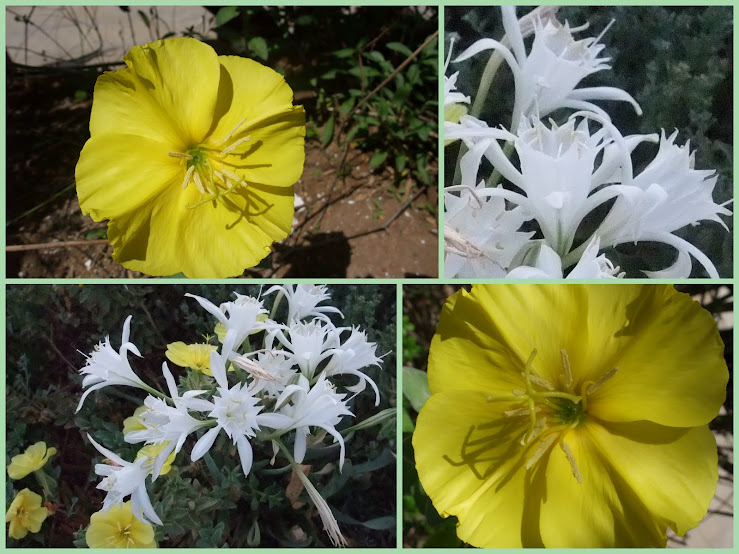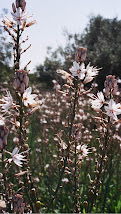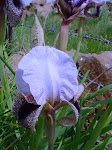And G-d said "Let the earth put forth vegetation, plants yielding seed, and fruit trees bearing fruit in which is their seed, each according to its kind, upon the earth.
And it was so ... And G-d saw that it was good."
Genesis/ Bereshit 1:11:12
Since Eve persuaded Adam to take the first bite of the forbidden fruit, man's destiny has been tied up with the earth!
And think about it ladies. G-d chastised Adam for his wrong-doing and what did he say?
"She made me do it."
Now my destiny is tied up with getting this book finished.
Then I have to get it published.
Then the hardest of all, I have to get people to buy it.
So watch this space, and now and then I will update you on how things are going!
Have a great day.
























Good luck with the book! Looking forward to seeing it!
ReplyDeleteCharles Pollick